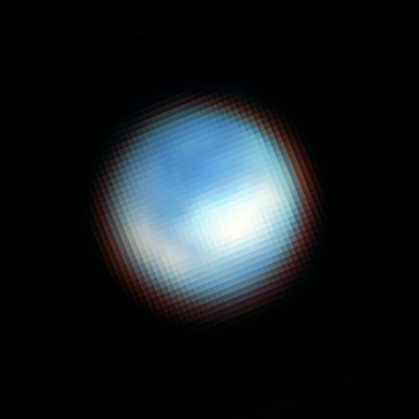NASA's James Webb Telescope Reveals Potential Ocean Beneath Europa

NASA's James Webb Space Telescope has made a groundbreaking discovery of a vast subsurface ocean beneath the icy crust of Europa, one of Jupiter's moons, which may contain more than twice the amount of water found on Earth. This revelation, announced on [insert date], could significantly enhance our understanding of the moon's potential to harbor life. Europa, which has long been a prime candidate for astrobiological studies, was previously thought to be a static surface with little geological activity.
According to Dr. Emily Parker, lead researcher at the NASA Goddard Space Flight Center, 'The detection of liquid water is a critical factor in assessing the moon’s habitability.' This finding aligns with earlier hypotheses suggesting that Europa's surface is primarily composed of water ice, supported by data from previous missions including the Galileo orbiter and the Hubble Space Telescope.
The James Webb Telescope utilized its advanced infrared capabilities to penetrate Europa's icy surface, revealing signs of liquid water that could be situated under a shell of ice possibly several kilometers thick. The implications of this discovery are profound, suggesting that Europa may possess a dynamic oceanic environment capable of supporting microbial life.
Dr. Sarah Johnson, a planetary scientist at the California Institute of Technology, noted, 'The ocean beneath Europa’s surface could provide the necessary chemical ingredients for life, and understanding its composition is crucial.' Furthermore, the potential for hydrothermal activity on the ocean floor could create an environment similar to Earth's deep-sea hydrothermal vents, which teem with life despite the absence of sunlight.
The implications of this research extend beyond the realm of astrobiology. As highlighted in a report by the European Space Agency, further exploration of Europa could enhance our knowledge of celestial bodies with subsurface oceans, influencing future missions aimed at uncovering life beyond Earth. 'This discovery has rekindled interest in Europa as a target for exploration,' stated Dr. Marco Rossi, an expert in planetary geology from the University of Rome.
In light of these findings, NASA is considering future missions to Europa, with plans to send a lander that could analyze the ice and the ocean beneath it. As Dr. Parker emphasized, 'Understanding the ocean's properties will be essential for determining how and where to search for life on Europa.' In summary, the James Webb Telescope's discovery not only reshapes our understanding of Europa but also reaffirms the moon's status as a key player in the search for extraterrestrial life in our solar system.
Advertisement
Tags
Advertisement





